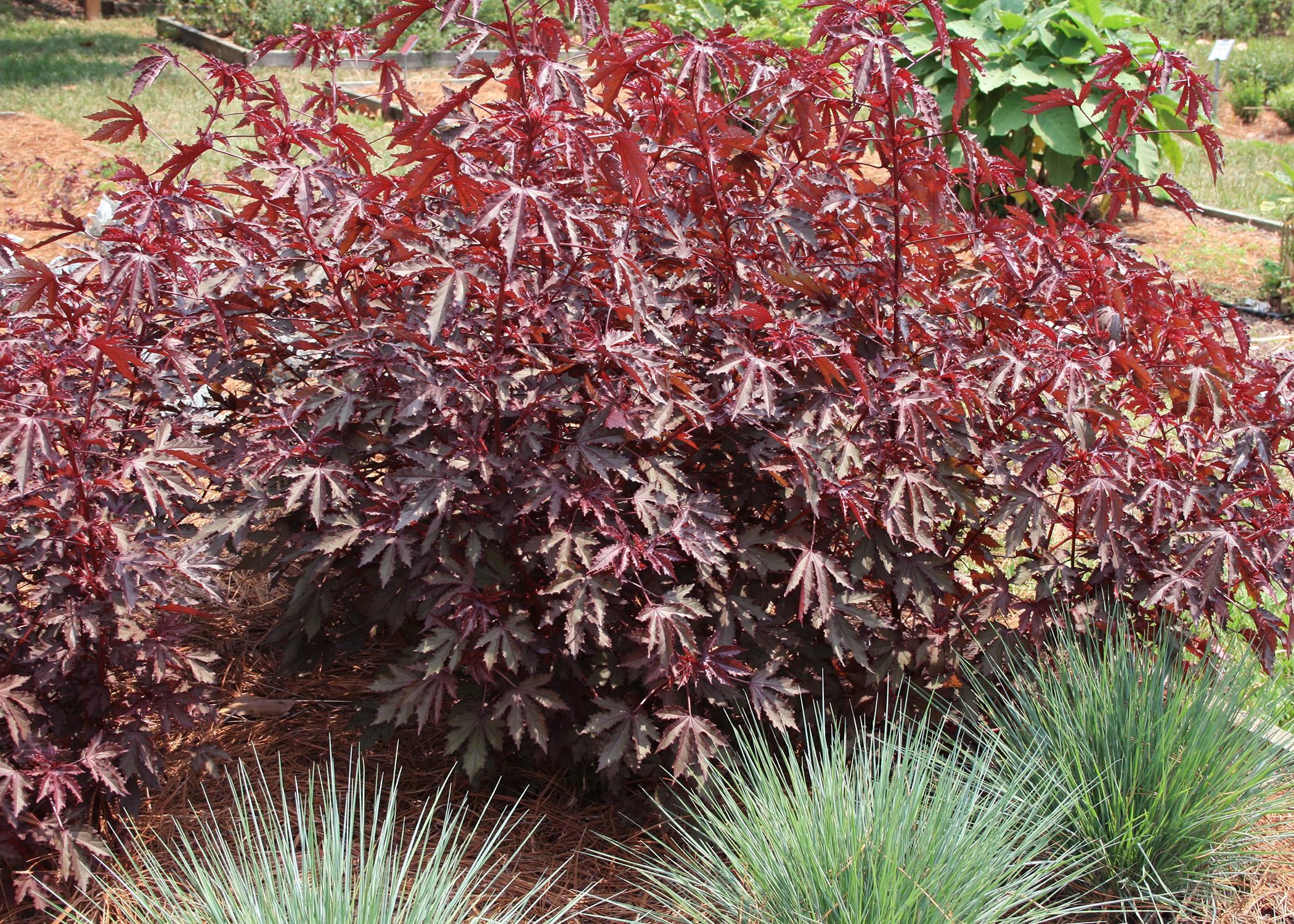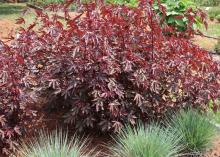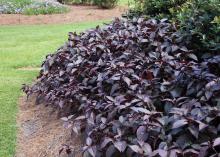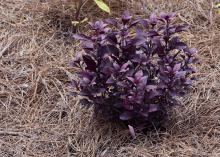Information Possibly Outdated
The information presented on this page was originally released on July 20, 2015. It may not be outdated, but please search our site for more current information. If you plan to quote or reference this information in a publication, please check with the Extension specialist or author before proceeding.
School colors make good gardening combinations
Having a color scheme is a landscape design technique gardeners have used for a long time.
A couple of weeks ago, a social media friend was asking what people thought about planting their landscapes in the color scheme of their favorite athletic team. I think we’ve all seen the branding associated with ornamental plants in garden centers and nurseries. Can you imagine the branding possibilities with planting your favorite team’s plants?
If you see gorgeous flowering plants in a team-branded container, will that influence your buying decisions? I think this is a decision best left to the titans of marketing and advertising. But I like the idea of letting your neighbors know who you’ll be supporting this football season. And basketball season. And hockey season, for those who grew up in the North like I did.
Since I’m an Extension professor with Mississippi State University, let’s take a look at a few plants with maroon foliage that will shine in your Mississippi landscape. I already liked maroon- and burgundy-leaved plants before I became a Bulldog, and one of my absolute favorites is Mahogany Splendor hibiscus. This plant is perfect for our Mississippi gardens and landscapes.
If you just take a quick look at the Mahogany Splendor hibiscus, you might think it is a Japanese maple. When grown in the full sun, the coarse and deeply serrated leaves become a dramatic, dark purplish-burgundy. When grown in a shady border, the leaves will be a rusty, intense green. This shrub grows to 5 feet or more and is tolerant of drought and deer browsing.
If Mahogany Splendor is too big for your garden but you like the foliage and color, then you should like its smaller cousin, Little Zin. Little Zin is only about one-third the size of the larger plant, having a mature height of less than 2 feet. This is an excellent choice for a massed groundcover or as the filler in a large combination container.
Another plant that I think should be grown in more gardens is Alternanthera, also known as Joseph’s Coat. This plant really likes to show off its colorful foliage as the summer heats up. I like the fact that Joseph’s Coat can be used in lieu of flowering annual bedding plants. A few of the taller selections can do double duty in the shrub border, or Joseph’s Coat can provide great filler accent in a combination container.
Many varieties have a multitude of foliage colors from lime and chartreuse to bronzy reds and pinks, but today we’re talking about burgundy-maroon leaves. A nice, low-growing selection is Little Ruby, which has gorgeous, dark-burgundy foliage tinged with green. The plant has an upright and mounding growth habit that is only 15 inches tall.
The landscape performance of Joseph’s Coat was recognized in 2005 when Purple Knight Alternanthera was selected as a Mississippi Medallion winner. The foliage is a rich and vibrant dark purple through the summer until frost. Purple Knight is vigorous growing and can reach up to 36 inches tall. When pinched back, it grows more prostrate and spreading.
I realize not everyone is a Bulldog fan, so for those gardeners cheering for other teams, go ahead and choose plants that fit your favorite sports color scheme.










